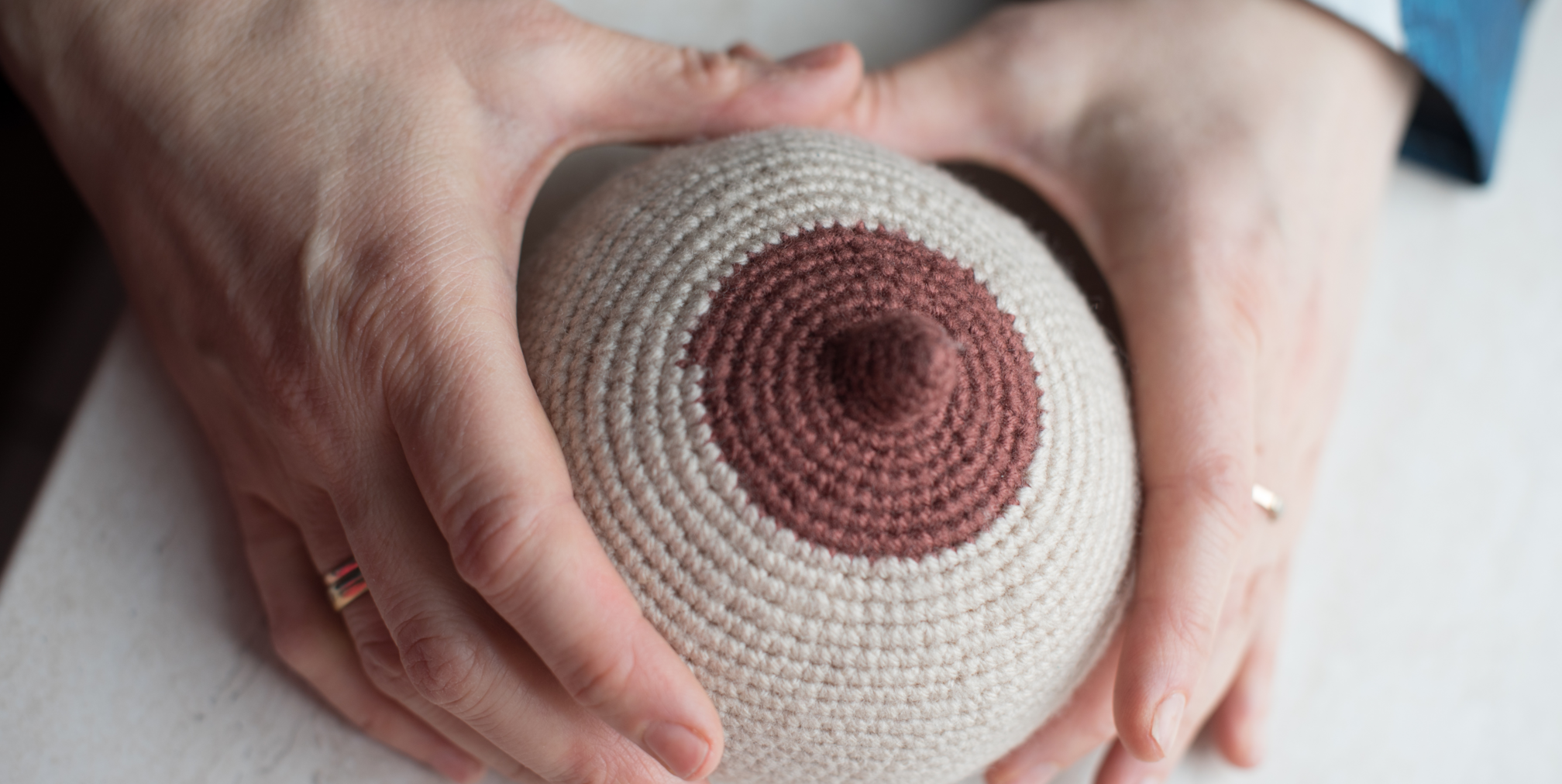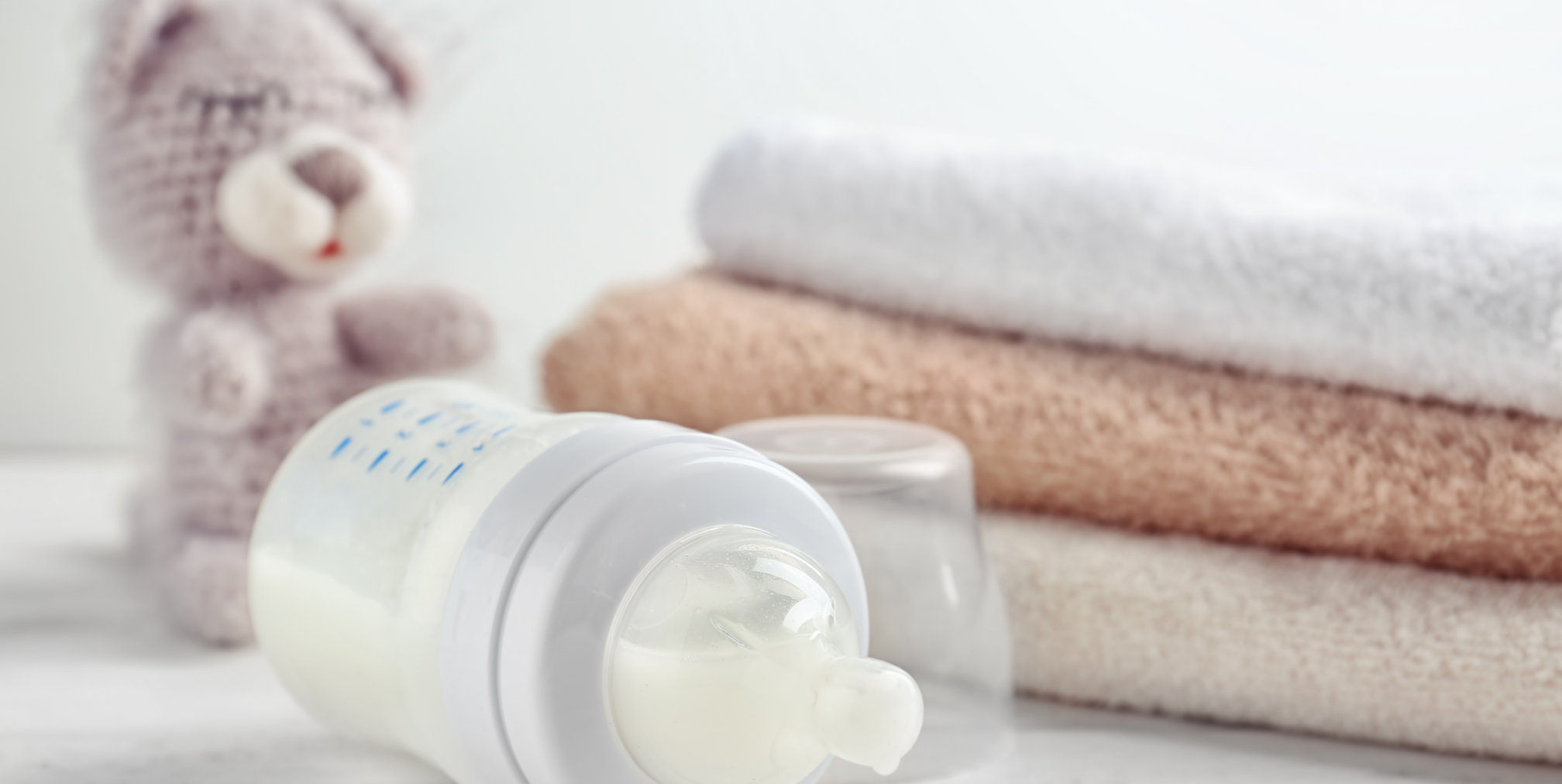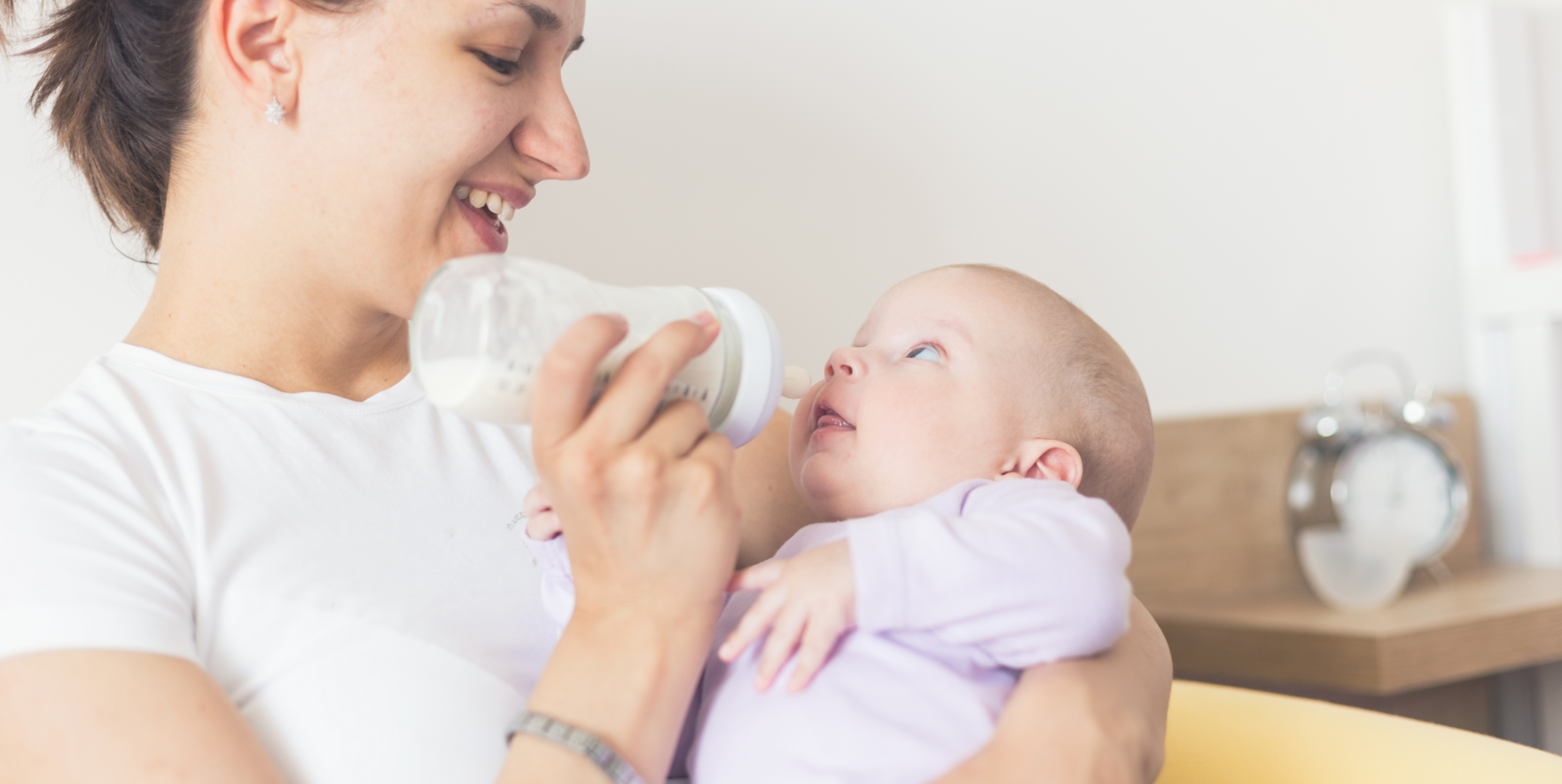Nipple vasospasm, also known as Raynaud’s phenomenon of the nipple, is a condition that can occur in breastfeeding or pumping mothers. It’s characterized by sudden, painful narrowing of the blood vessels in the nipples. This can cause the nipples to feel cold, numb, or white. While it can be uncomfortable and distressing, it’s usually not a serious health concern.
How To Spot Nipple Vasospasm
- Symptoms: The primary symptoms of nipple vasospasm include: sudden, sharp pain in the nipples that sometimes shoots into the breast, cold, numb, or white nipples, and tingling or burning sensations
- Triggers: Several factors can trigger nipple vasospasm, including Cold temperatures, stress, fatigue, certain medications, hormonal changes and a poor latch.
- Risk Factors: Women who have a history of Raynaud’s disease or other circulatory disorders may be at a higher risk of experiencing nipple vasospasm.
- Latch: the primary reason for nipple vasospasm is a shallow or incorrect latch of the baby to the breast.
Treatment and Management
Ensuring a Good Latch: A proper latch is essential for preventing nipple vasospasm. A poor latch causes pressure on the nipple that leads to blood vessel constriction. When your baby latches on correctly, their mouth covers a large portion of your areola, not just the nipple. You can read more about getting a good latch here. If you’re unsure about your baby’s latch, consider seeking assistance from a lactation consultant. They can provide guidance and support to help you achieve a better latch.
Several other strategies can help alleviate symptoms and improve comfort during breastfeeding or pumping:
- Warmth: Applying warmth to the affected area can help dilate the blood vessels and reduce pain. Consider using a heating pad or warm compress. Dry heat is better because wetting the nipple can trigger the vasospasm.
- Massage: Gently massaging the nipples can also help improve blood flow and reduce discomfort.
- Pumping: If you’re pumping, adjust the suction level to avoid excessive irritation. Make sure you are using the correct flange size.
- Medication: In some cases, over-the-counter pain relievers like ibuprofen or acetaminophen may help alleviate pain and discomfort.
- Supplements: ask your health care professional about taking magnesium (500 mg twice a day) and vitamin B6 (150-200 mg daily for 4 days, then 25-50 mg a day). This may help resolve vasospasms.
- Lifestyle Modifications: Certain lifestyle changes can help reduce the frequency and severity of nipple vasospasm. These may include: avoiding cold temperatures or exposure to cold drafts, wearing warm clothing during cold weather, and limiting caffeine and alcohol consumption
When to Seek Medical Advice
While nipple vasospasm is generally not a serious condition, it’s important to consult with a healthcare provider if:
- The pain is severe or persistent
- The nipples become discolored or show signs of infection
- You experience numbness or tingling in other parts of your body
- The symptoms interfere with your ability to breastfeed or pump
This blog post is intended for informational purposes only and does not constitute medical advice. Always consult with a healthcare professional for any concerns or questions about breastfeeding







